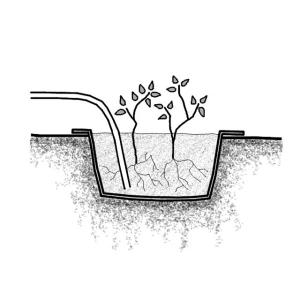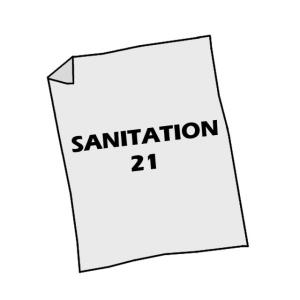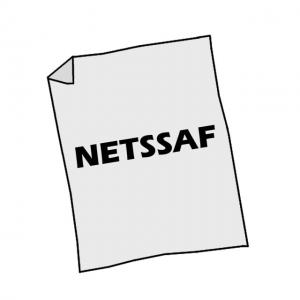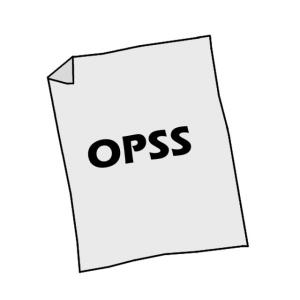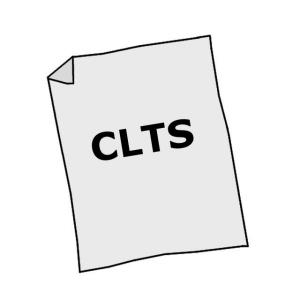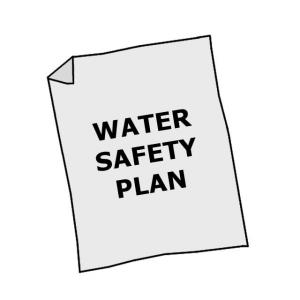Evapotranspiration beds are an alternative secondary treatment solution for greywater, pre-treated effluents from septic tanks, anal cleansing water or urine from urine diversion toilets in areas with high groundwater tables, or where soils prevent wastewater percolation and where the productive reuse of these wastewater flow streams is not a preferred option. The respective wastewater effluents are discharged into sealed up receptacles where the water evaporates from the soil or transpires from the plants growing there. The dissolved organic matter is removed by bacteria and the remaining nutrients are taken up by plants.
| In | Out |
|---|---|
Greywater, Urine or Yellowwater, Fertigation Water, Treated Water (Effluents from On-site Pre-settling Units) |
- |
Evaporation beds are a low-cost technology that allows for a secondary treatment of different wastewater flow streams like partly treated wastewater from septic tanks, greywater from kitchen and showers, anal cleansing water and or in some cases even for urine from urine diversion toilets. The respective wastewater effluent can be discharged by gravity into sealed up planting beds, containers, inverted tyres or the like where it will be absorbed by soil particles and moves both horizontally and vertically through the soil pores. The liquid fraction moves upwards by capillary action and either evaporates at the surface or is taken up by plants and transpires.The remaining nutrients are taken up by the plants and the dissolved organic material in the effluent is removed by bacteria living in the soil.
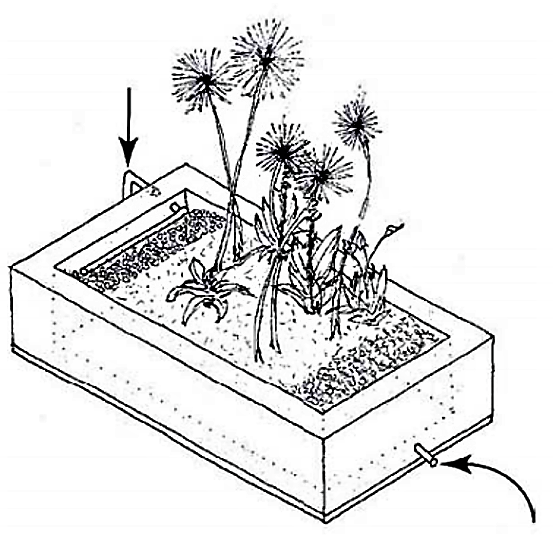
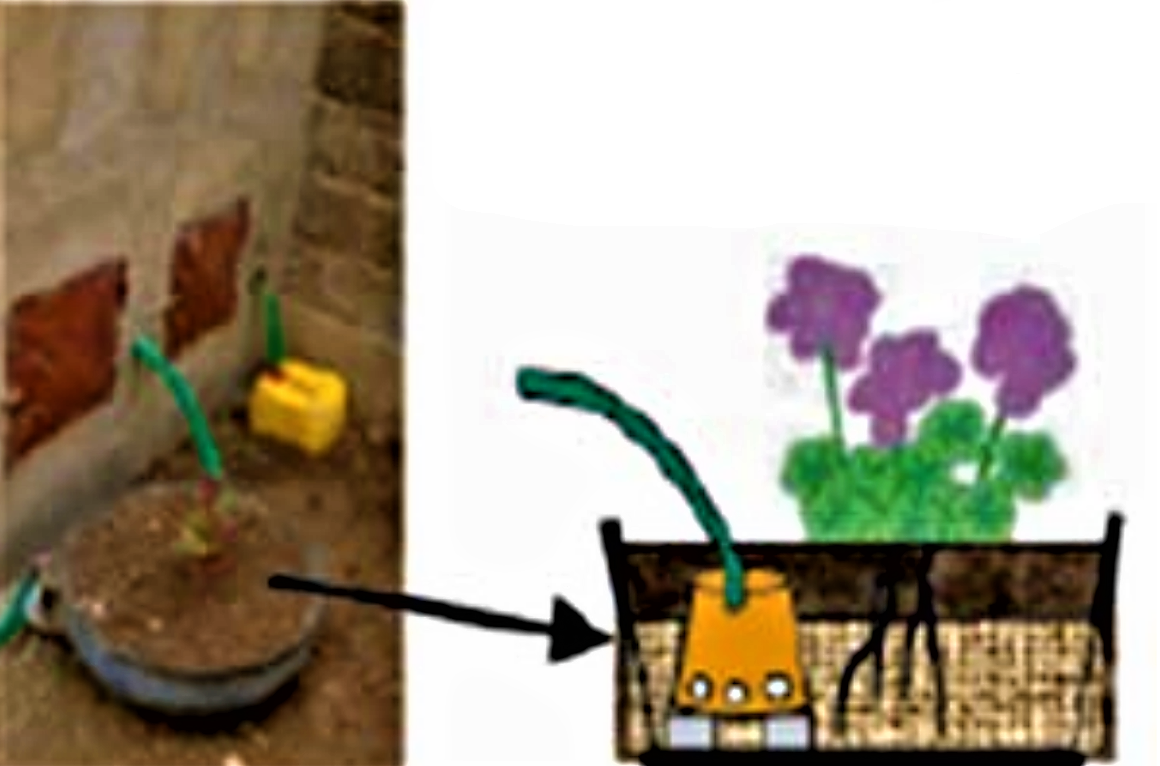
Here the anal cleansing water or greywater from the toilet or the household is discharged by gravity into a sealed up receptacle (e.g. inverted tyre, container or concrete bed) filled with soil and mulch where ornamental plants are grown. The mulch allows better ventilation for aerobic degradation of soil impurities and the plant take advantage of the water and nutrients. The water is released below surface into the mulch bed through a small, perforated bin put upside down. This way the wastewater is spread more evenly and it helps avoiding blockages. The infiltration below surface helps reducing remaining disease transmission risks and odours.


The evapotranspiration/mulching bed should be placed close to where the wastewater is generated and ideally in an area exposed to maximum sunlight to allow for maximum evapotranspiration.
A simple way for sub-surface introduction of the liquid is to cut a plastic bottle into half, to connected the neck to the hose bringing the wastewater and finally to burry the bottle and the end of the hose together into the evapotranspiration/mulching bed. It then needs to be covered with soil and leaves and desired plants or trees can be planted on top. Once the plants reach a considerable size, they can either be cut or planted out and replaced with new mulch and another plant. The evapotranspiration beds should be inspected regularly to ensure that the water does not stagnate. To avoid clogging, the hose needs to be washed/rinsed from time to time with warm water. Evapotranspiration beds also offer the possibility to grow biomass (e.g. bamboo) that might be useful at the household level for construction purposes, charcoal production or for composting.
(Adapted from LESIKAR 1999)
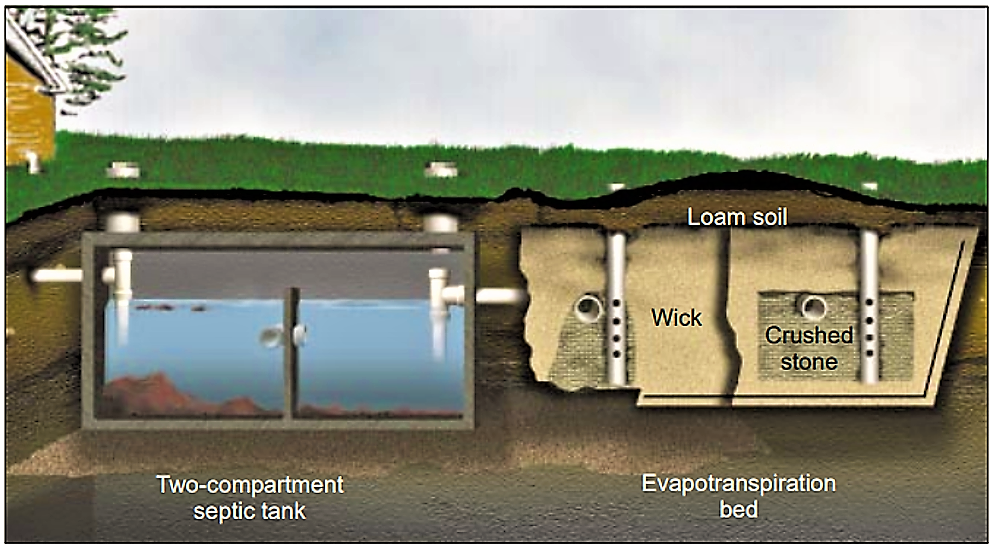
Evaporation beds can also be installed at a larger scale, for instance for controlled discharge of septic tank effluents. In such evapotranspiration beds, solid materials are first removed from the wastewater by a septic tank. Then the wastewater is distributed throughout the evapotranspiration bed system. There, final treatment and disposal occur when the water evaporates and plants use nutrients in the effluent and release moisture through transpiration. As the water evaporates, salts, minerals and solids from the effluent accumulate in the bed. During very wet periods when evapotranspiration is low, evapotranspiration beds store water until drier periods when it evaporates and transpires.
Such evapotranspiration beds contain storage trenches, loam backfill around the trenches and sandy loam soil over the top of the loam backfill for grass growth. Generally, the required bed surface area is divided between two beds, which allows for switching between the beds to avoid overloading. A liner and sand cushion are placed in the ground, and the storage system is set on the bed bottom. Generally, the storage system consists of a bed of rocks or gravel of a uniform size ranging from 2 to 5 cm in diameter and a depth of 20 cm or less depending on the bed’s overall depth. Distribution pipes are placed about 1 m apart and no more than 60 cm from the bed walls above the storage system. A water-permeable soil barrier is placed over the rock to prevent clogging of the storage. A loam soil is added to fill the rest of the bed. Selecting the proper soil is extremely important. Loam soil draws the water toward the surface faster than coarse sand. Wicks incorporated into the rock media draw water continuously from the rocks into the soil and toward the surface area, where it evaporates or is taken up by plants. A wick is a column of soil that extends through the rock media to the bottom of the bed. The total wick area should be 10 to 15 % of the bed surface and should be uniformly spaced throughout the bed. After the loamy soil is in place, it is covered with sandy loam and mounded in the centre with a slope of 2 to 4 % toward the outside of the bed (to concentrate the water fluxes to the middle). The last step is to plant vegetation specially selected to transpire the most on top of the bed. Placing grass sod over the bed may be the best approach to establishing grass there. Using seed may let the mounded soil wash away during heavy rainfall before the grass is established. Larger plants with shallow root systems, such as evergreen bushes, may also be used to help to take up water.
Evaporation beds are an appropriate solution for the treatment of greywater, anal cleansing water, pre-treated wastewater and urine in areas with high groundwater tables that might get contaminated and where the surrounding soil cannot sufficiently treat wastewater before it percolates to groundwater, such as in rocky soils, or where the soil prevents wastewater from percolating from the application field, such as in heavy clay soils. Evapotranspiration beds may be used if climate is hot and dry to allow for the necessary evaporation and transpiration from the soil and the plants respectively.
Traitement de l’eau de lavage anal: Mulch
This paper shows an example of a low-cost evaporation bed design implemented in Ouagadougou. (French)
ECOSAN UE (2007): Traitement de l’eau de lavage anal: Mulch. Ouagadougou: Assainissement Ecologique des secteurs PDFOnsite Wastewater Treatment Systems – Evapotranspiration Beds
The paper describes evapotranspiration beds for pre-treated septic tank effluents in Texas (US).
LESIKAR, B. (1999): Onsite Wastewater Treatment Systems – Evapotranspiration Beds. Texas: Texas Agricultural Extension Service, The Texas A&M University URL [Accessed: 17.05.2012]Traitement de l’eau de lavage anal: Mulch
This paper shows an example of a low-cost evaporation bed design implemented in Ouagadougou. (French)
ECOSAN UE (2007): Traitement de l’eau de lavage anal: Mulch. Ouagadougou: Assainissement Ecologique des secteurs PDFOnsite Wastewater Treatment Systems – Evapotranspiration Beds
The paper describes evapotranspiration beds for pre-treated septic tank effluents in Texas (US).
LESIKAR, B. (1999): Onsite Wastewater Treatment Systems – Evapotranspiration Beds. Texas: Texas Agricultural Extension Service, The Texas A&M University URL [Accessed: 17.05.2012]Evaporation Beds - Wastewater Treatment
Information on treatment and disposal of pesticide wastes.
Disposal of Pesticide Wastes in Lined Evaporation Beds
Study on treatment and disposal of pesticide wastes in lined evaporation beds.


